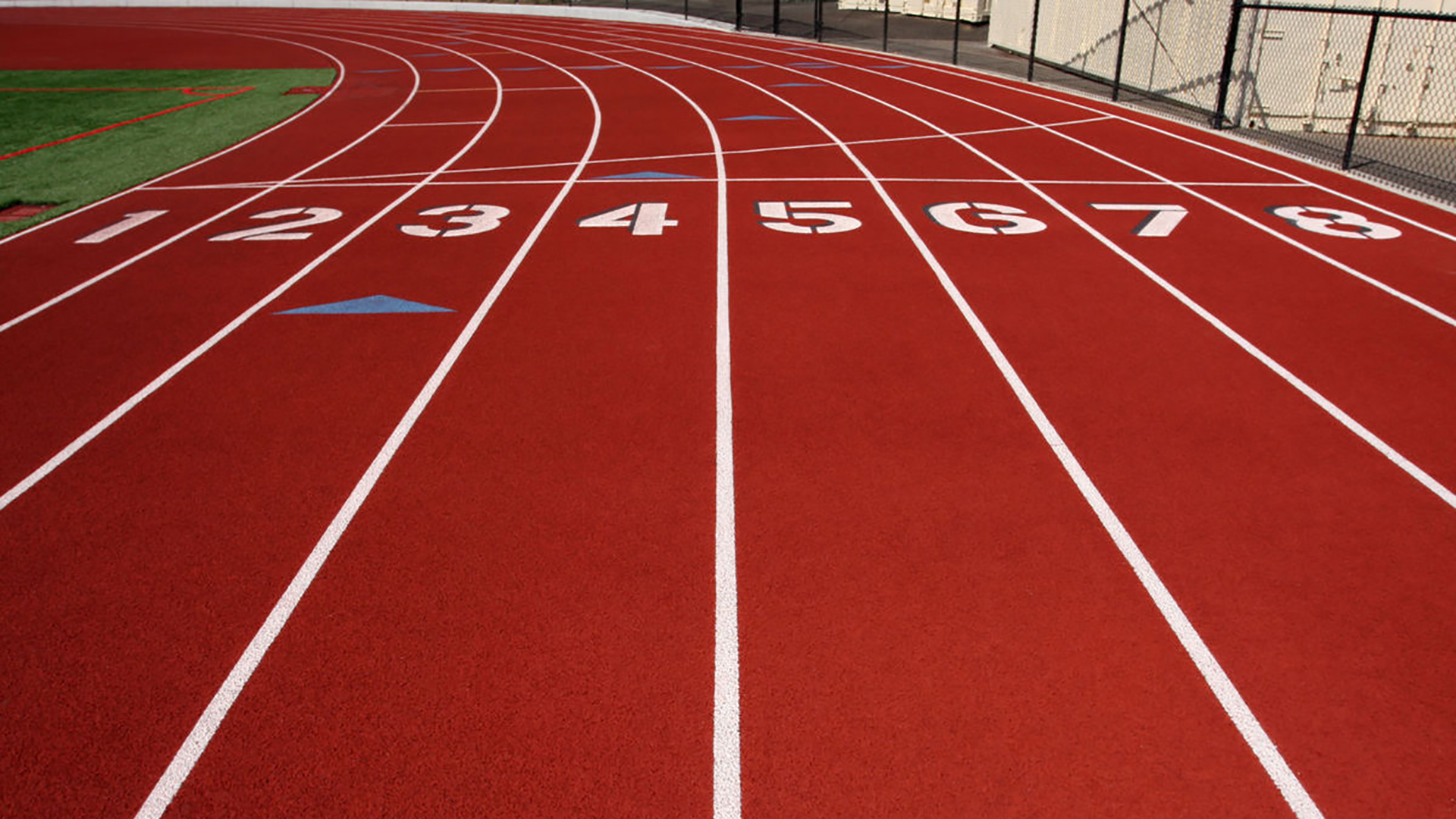By Clara-Zehra Rizvi, Year 12
Our school offers numerous sports to its students such as volleyball, football/soccer, basketball,
netball, skiing… and finally track. This raises the question that members of the track team
are constantly asked: “Why? Really, why track? Of all the sports out there, why would you do track?”
So, as a member of the track team myself, I decided to go around and ask some of my teammates
what makes them do track, and more importantly, what makes them come back each year to run laps in -5 degree weather?
Well, most answers included: track allows us to keep fit, as running is a very physically demanding sport. However, most sports do the same, they enable us to keep and improve our physical fitness and this is where the various answers got more interesting as they go into why people chose track as the sport, beyond the fitness aspects. For instance, some like it because of the social element of the sport. Many people appear to think that running is purely an individual sport, and while it is you against a stopwatch or competitors, there is also a significant team aspect to it, such as the team score in a cross-country race or a relay race.
Additionally, throughout a training session, we run our laps together, race against each other,
prank our coaches and talk, thereby giving the social aspect a lot of appeal to certain people.
The coaches of the activity also give the track a certain pull for some people. The coaches are intense,
making us run outside in freezing temperatures and constantly upping the workload, however, they are also fun people, full of energy, know how to crack jokes and they overall make training sessions better.
Others comment on the accessibility of the sport. Running is something you do any time, any day which makes it practical as all you need is your running shoes. Then there is also the applicability of track to other sports. Running itself is a basis for many sports and the benefits gained from running such as increased speed and endurance can go a long way to helping one’s performance in their primary sport.
Finally, the variability of training and the sport itself attracts several people to come. Contrary to
popular belief, training is not just running for two hours straight. While running does make up a large
portion of training sessions, there are other events that some people train for such as the long jump or
shot put. Most of the time there will also be a technical block for us to focus on form, technique,
strength, power and reactivity. The reps for a 100m sprinter are also very different to that of a 1500m
runner or a 5k cross-country runner. There is simply so much one can do in this sport and there is so
much to refine and improve concerning both speed as well as technique.
Overall, it appears that the fitness benefits, the social aspect of the sport, how accessible running is,
the applicability of running to other sports and the various different things the sport has to offer is
what drives people to keep coming to track, be it week after week or year after year.


